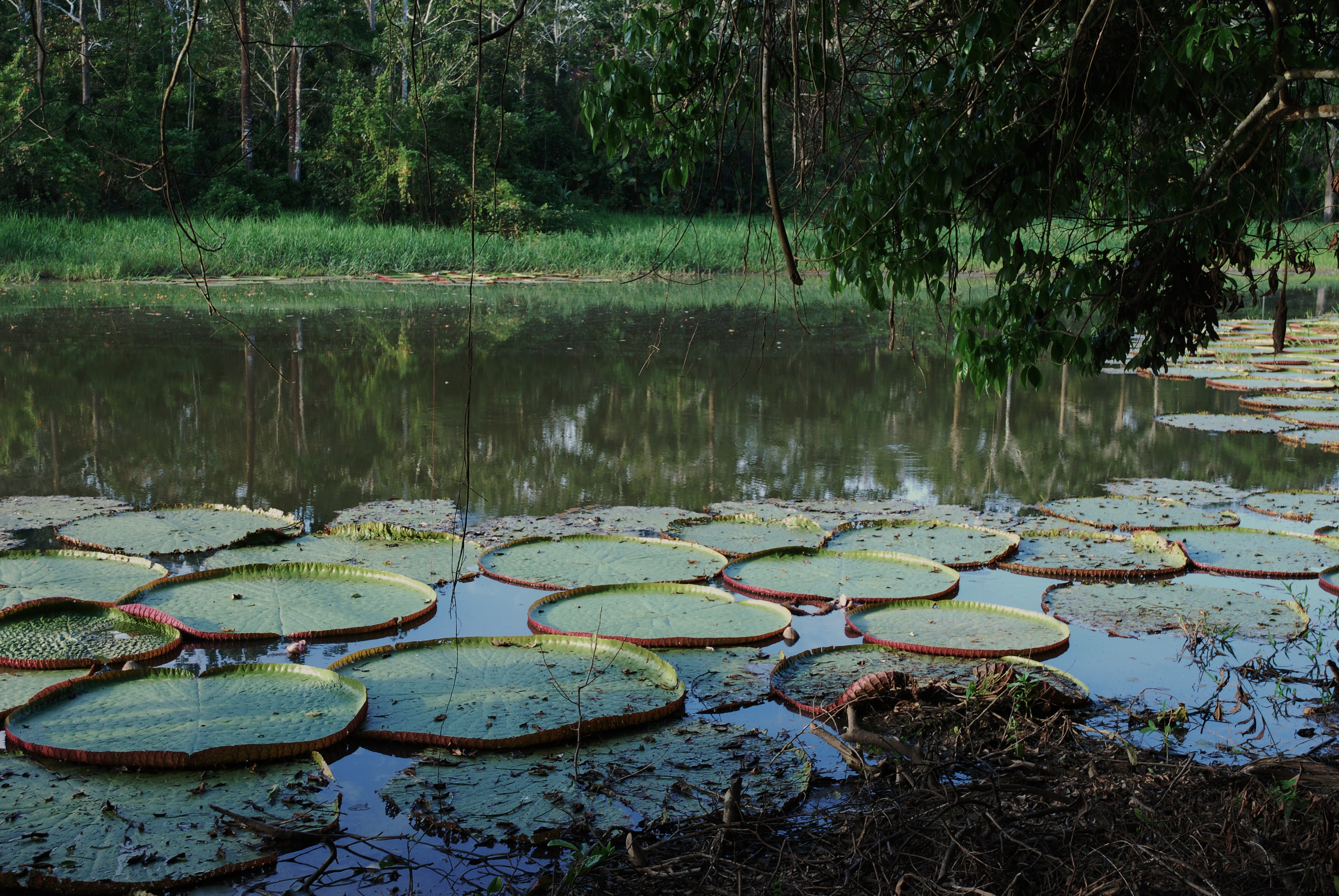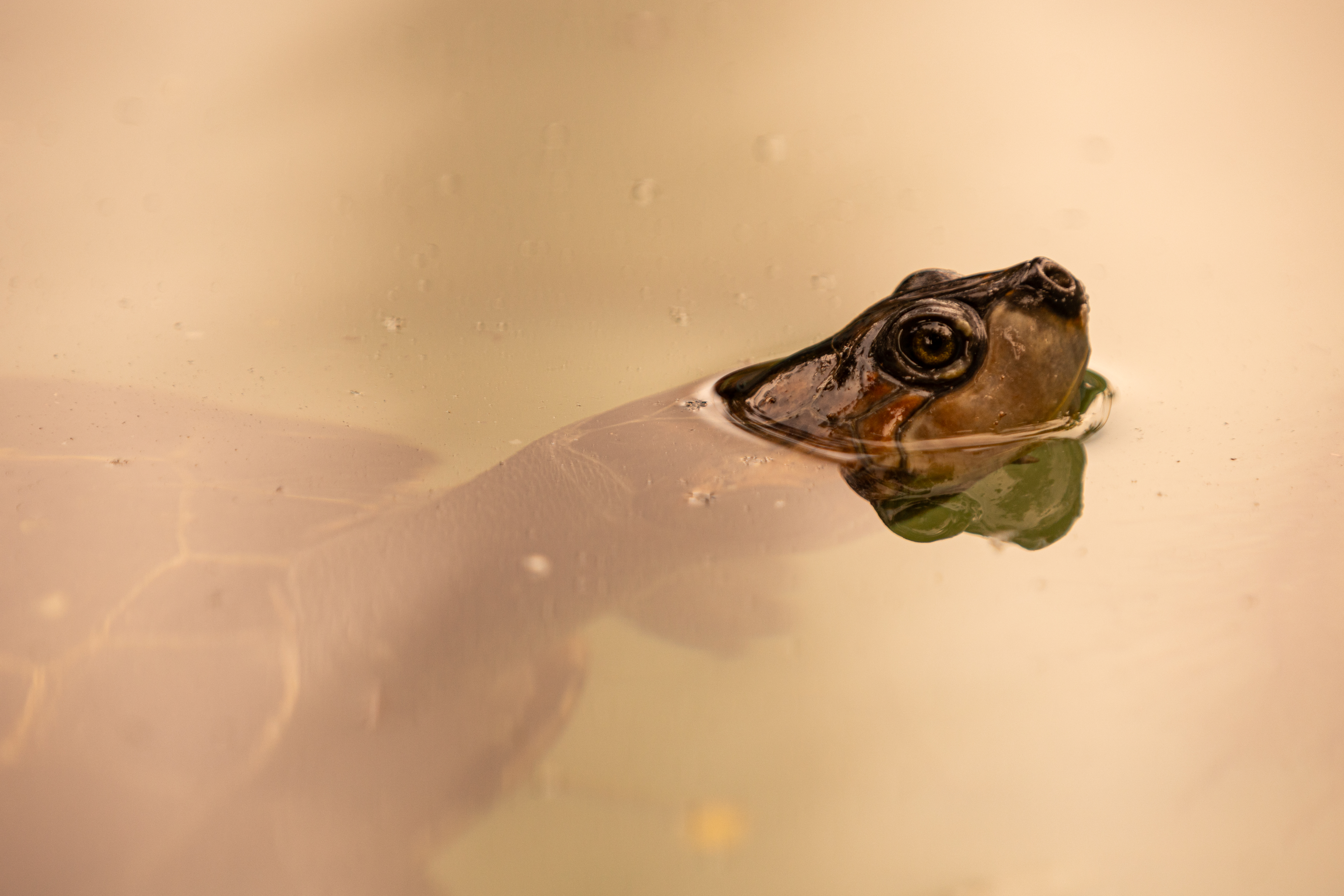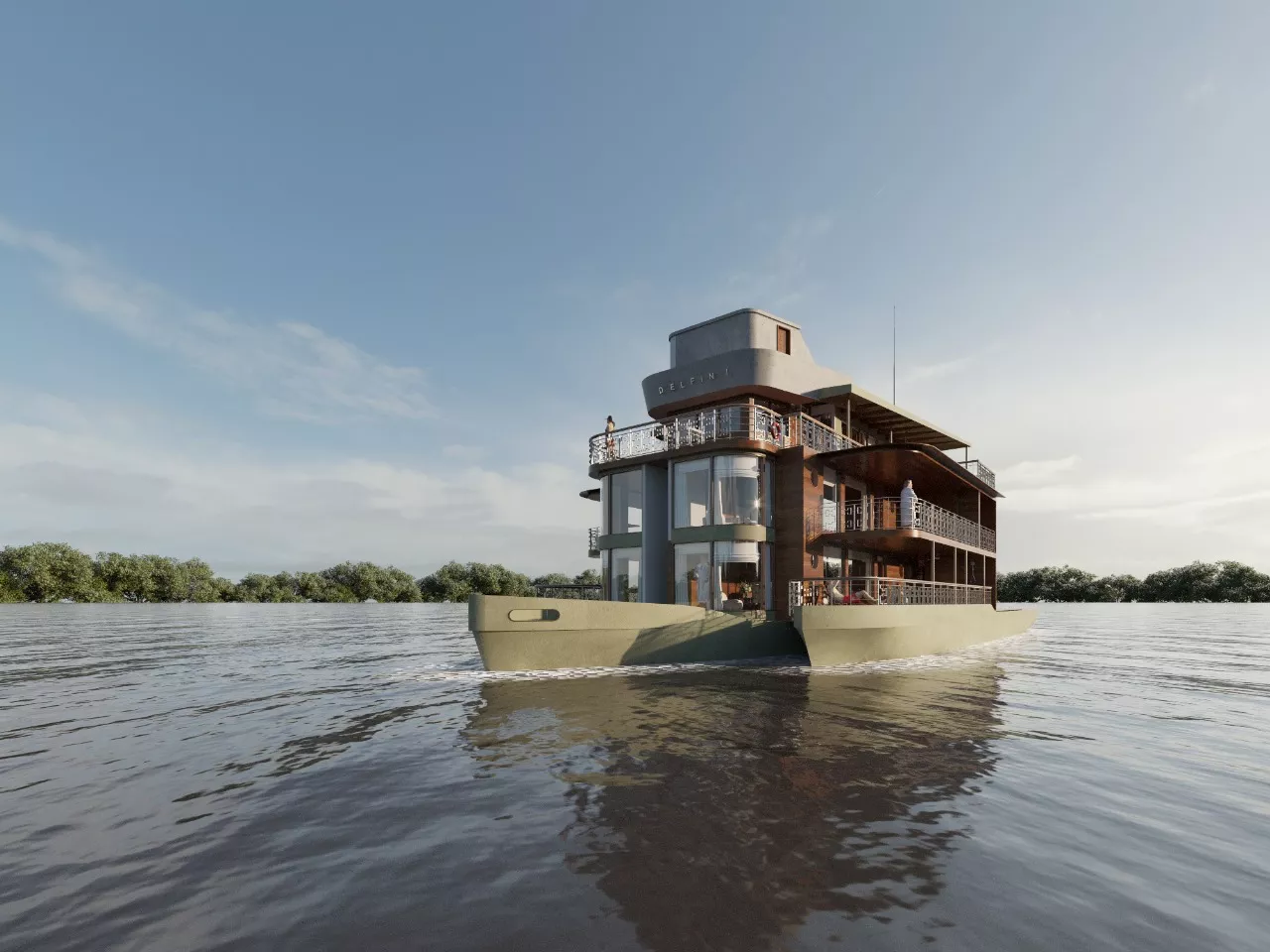Dorado River
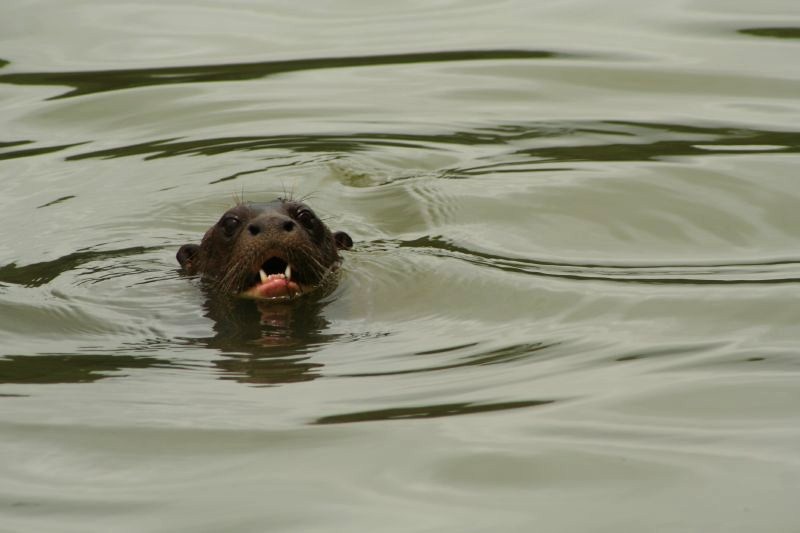
We were recently honored with sighting of some playful giant river otters!
Steven, one of our guests, had just been asking about them the day before and our guides told him it is typically quite difficult to see them at this time of the year. You can only imagine how surprised we all were to be blessed with their presence the very next day!
Here’s how it started:
We were spotting a group of macaws that were flying around us around 5:30pm. The sun was getting ready to set beyond the horizon, and the colors in the sky were starting to dance. It was exactly that time of the day when it seems the sky is getting ready for a wonderful party, with all the colors beginning to transform from a shiny turquoise into a rainbow, clouds changing from cotton wool white to a blush orange and getting stronger every minute. Under this colorful awning, we were silently looking at these 8 macaws noisily flying around.
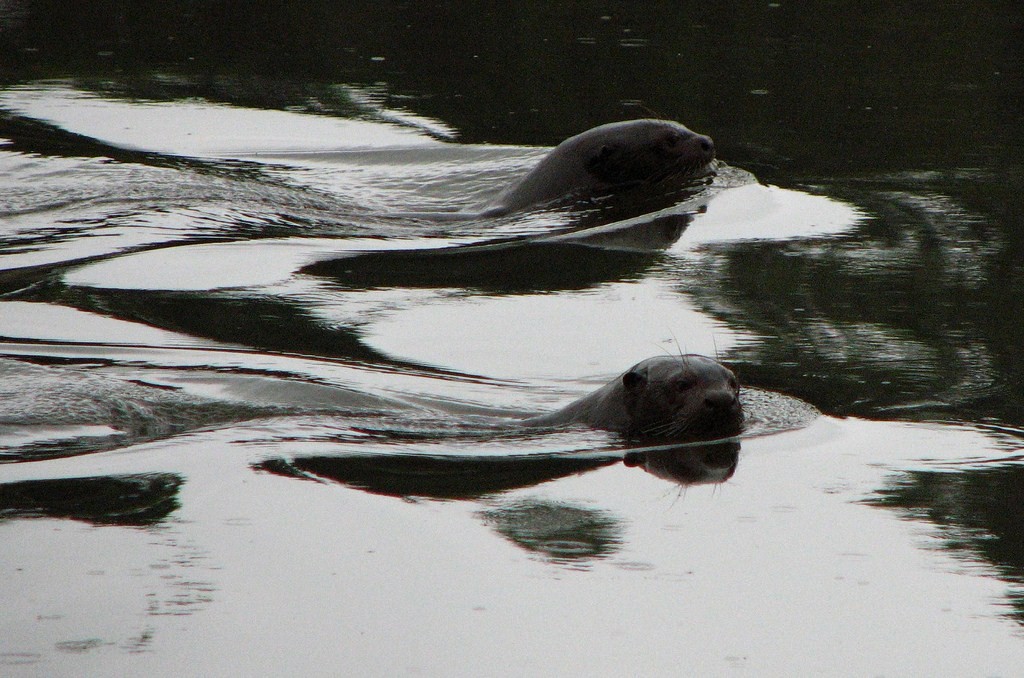
Suddenly, our guide Juan Luis distinguished a different sound. We all looked down into the water and thought maybe it was more pink river dolphins in our vicinity. After all, we had been watching them feed at the point where this beautiful river merges with the Ucayali river that very afternoon.
Our gazes switched back and forth, from the giant water lilies Victoria Regia to the edges of the lagoon. Then we saw the master otter and he was with his family! There were 3 adult females and 3 pups along with him in this group of 7.
The father of the family was not happy to see us, perceiving us as a threat, and started to make loud noises to scare us. He showed his wonderful chest in a very male expression of strength while the rest of his family curiously surfaced their heads and steered towards us freely and without shyness.
Nevertheless, we kept our distance so they could feel secure and we still enjoyed their show!
Normally, at this time of the year with the water levels so high, it is quite hard to spot these giant river otters on an Amazon cruise. They are usually seen in the dry season, when the water level is low and fishes are trapped in small creeks and lagoons.
